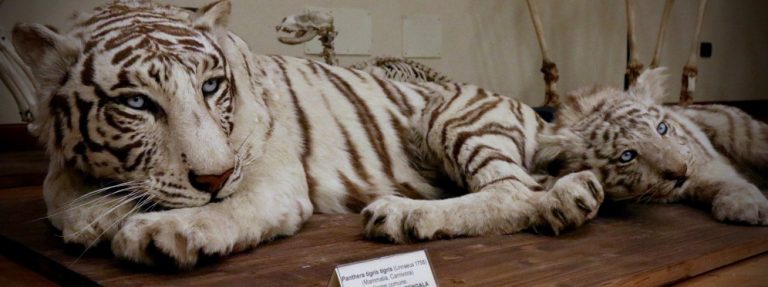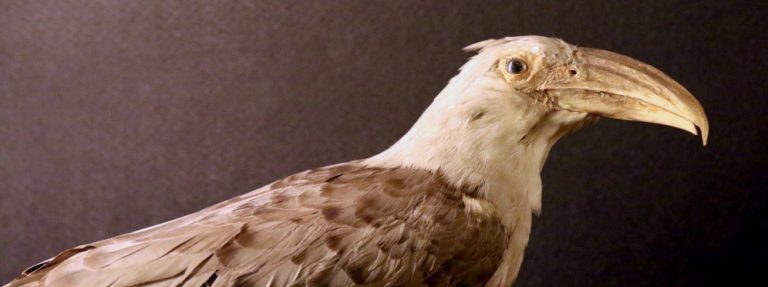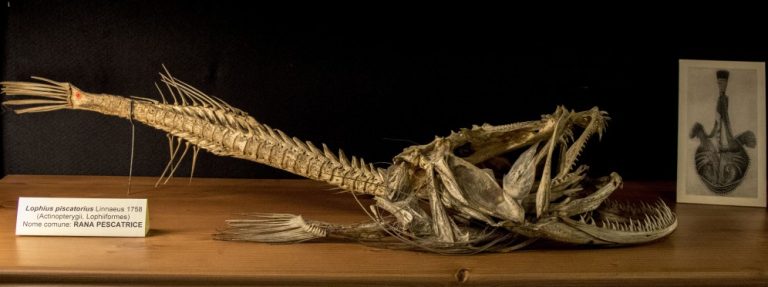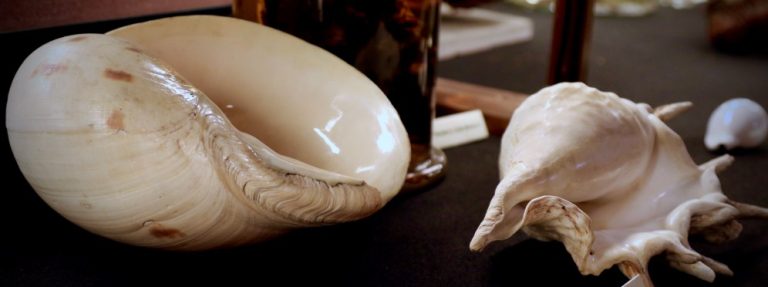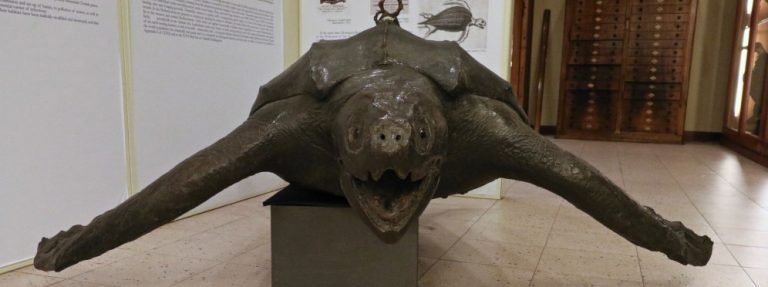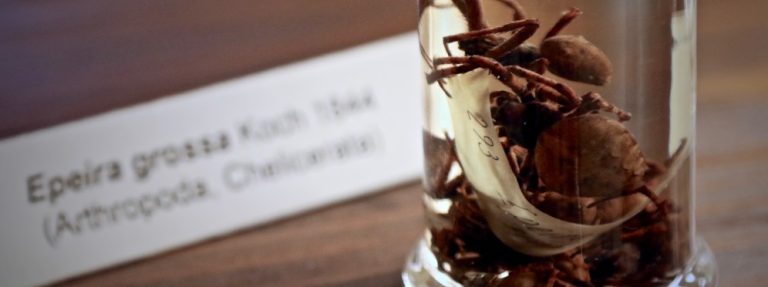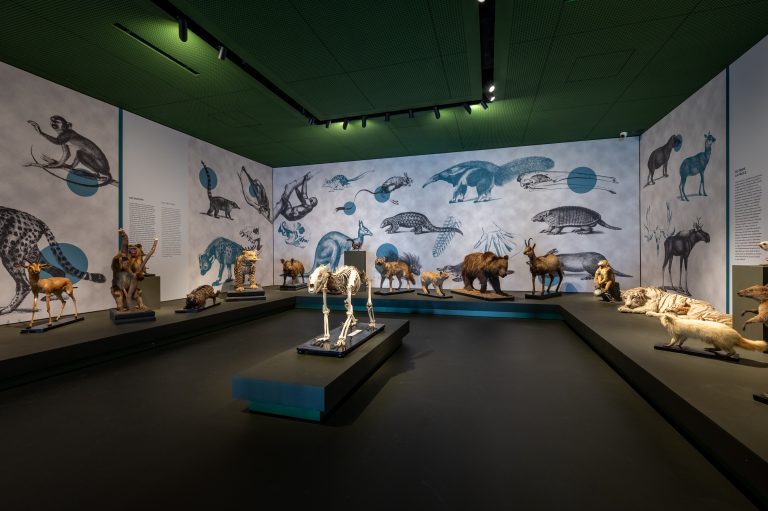Introduction
The original core of the collections can be traced to Antonio Vallisneri, professor of Medicine in Padua from 1700 onwards.
Notable ancient items include a giant leatherback sea turtle, Dermochelys coriacea, donated to the University of Padua by Pope Clement XIII in 1760, which became a holotype, and the incomplete skeleton of a sperm whale, Physeter macrocephalus, caught off the Dalmatian coast (Zadar) in 1767 and acquired by the Republic of Venice.
The remains of vertebrates are preserved as naturalised specimens — with the aid of taxidermy (mammals and birds) and in liquid (reptiles, amphibians and fish) — or in the form of skeletons, some complete, others fragmentary.
Of special scientific interest among the invertebrates are the arachnological collections of Giovanni Canestrini.


